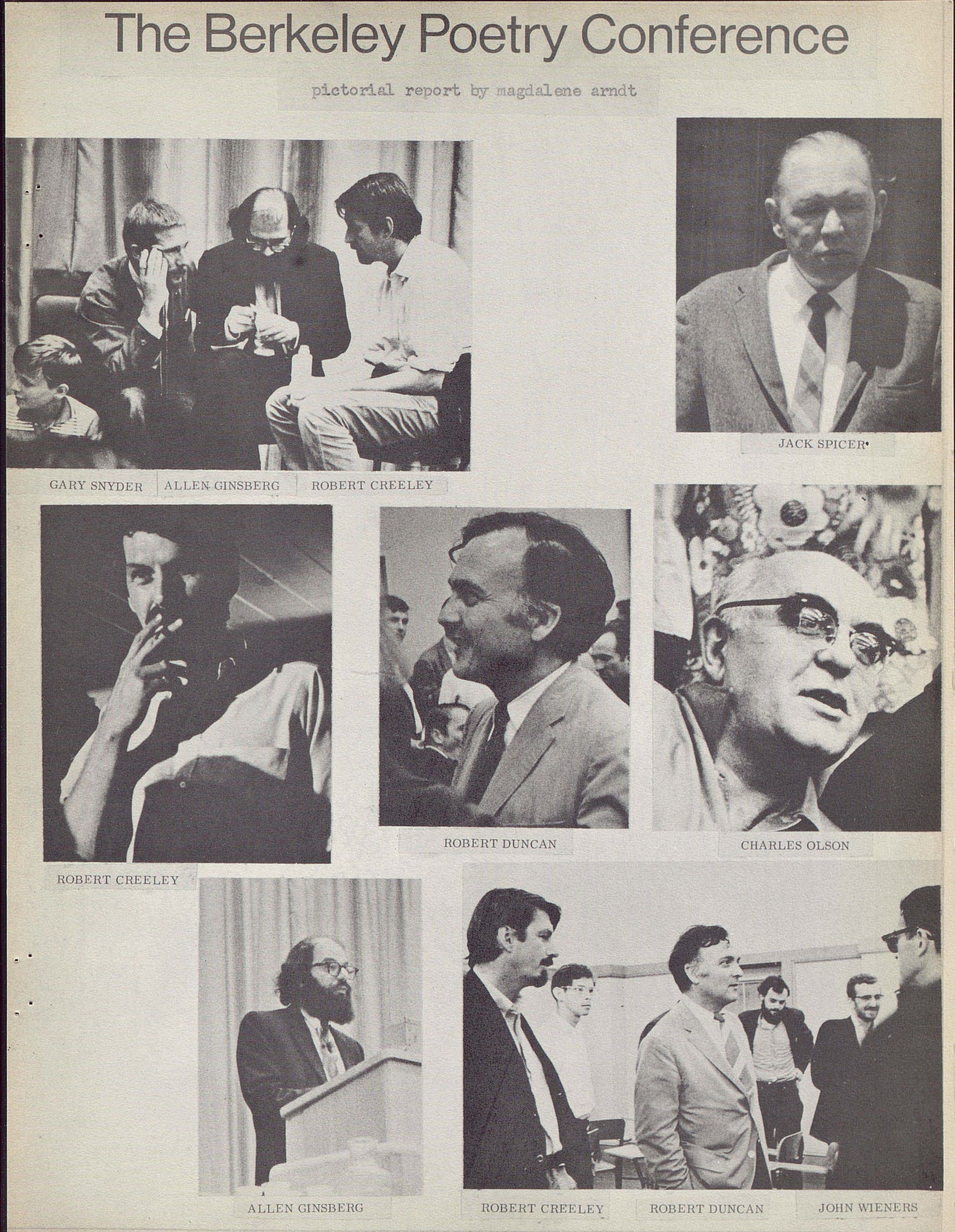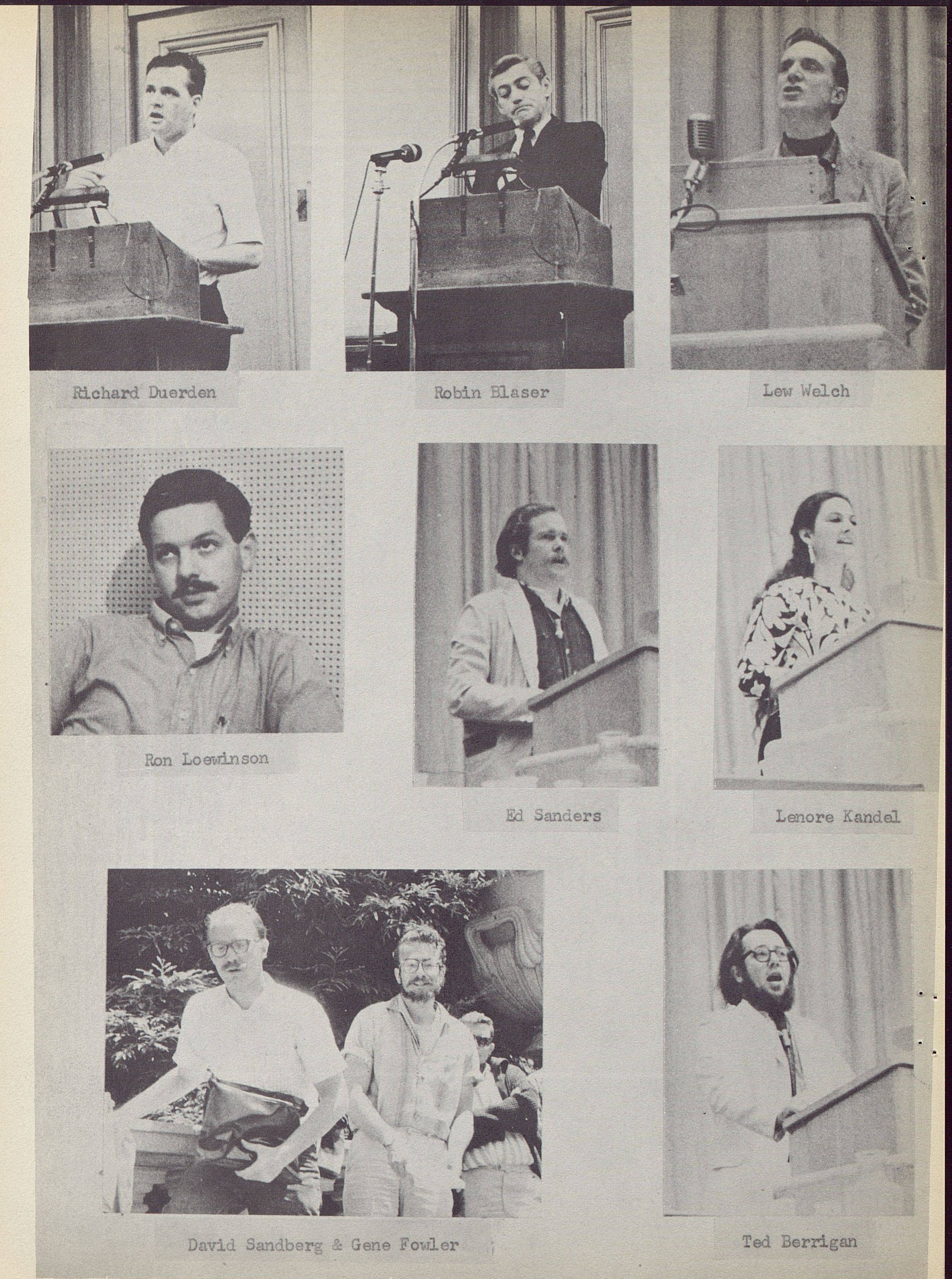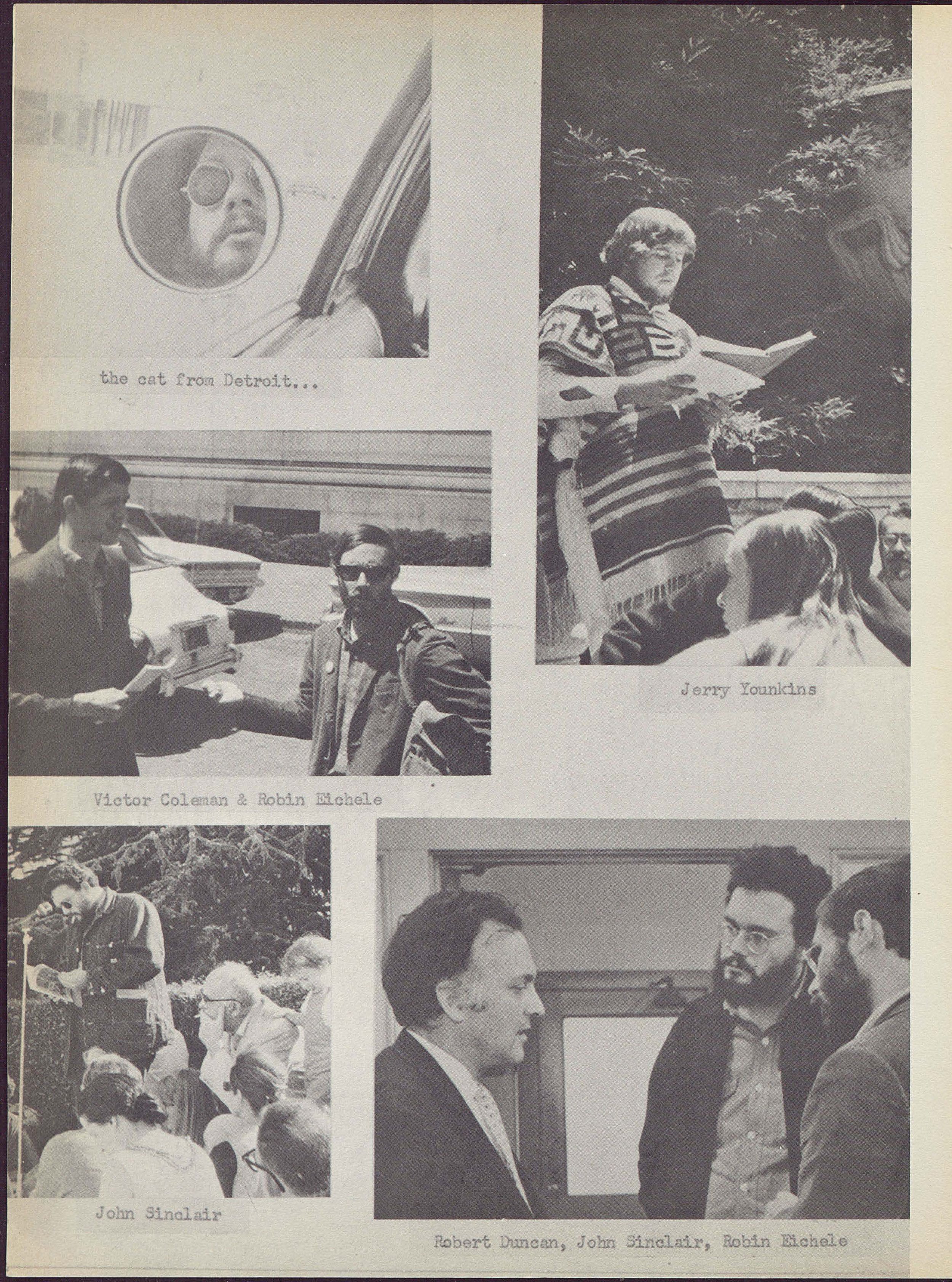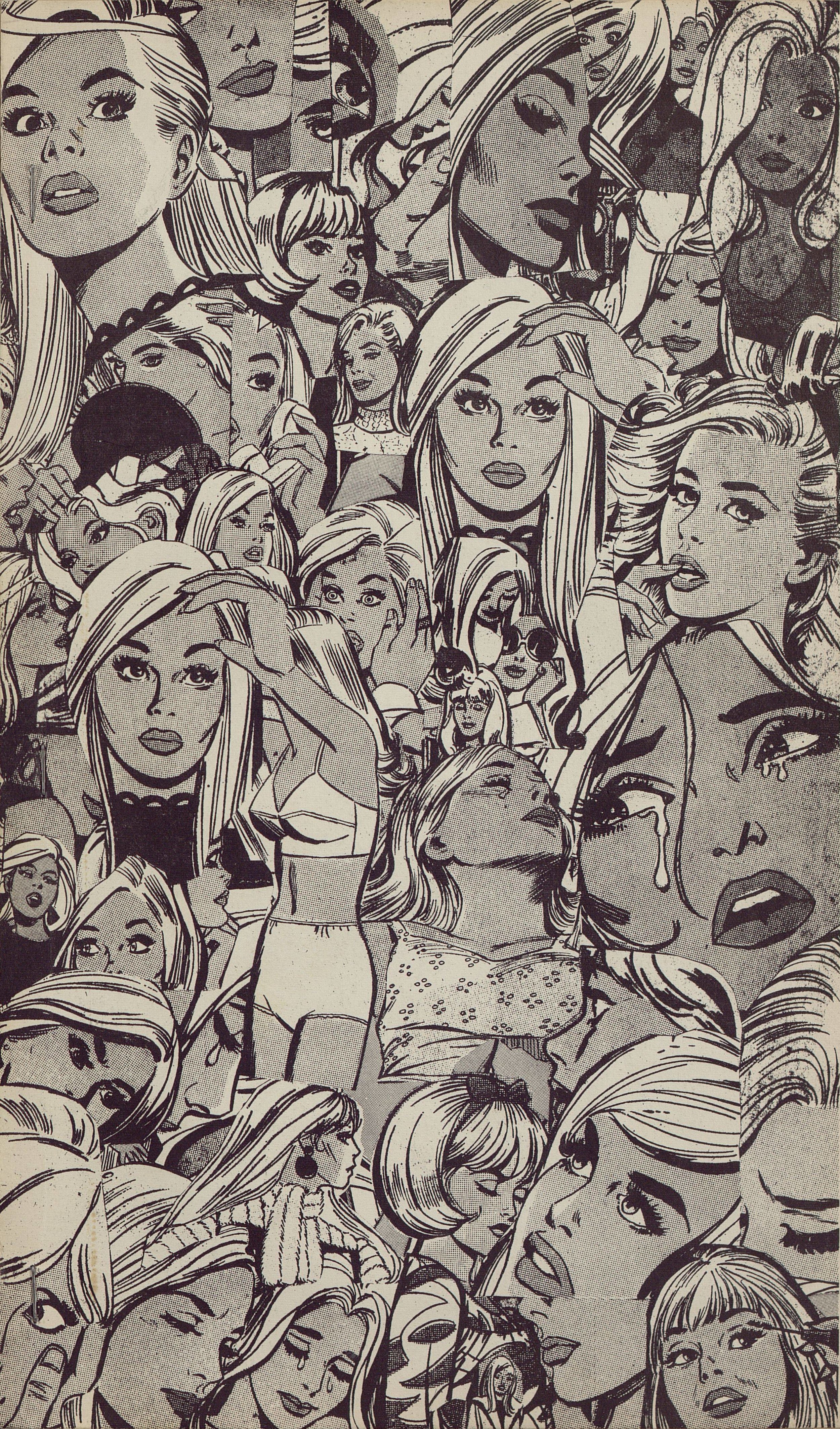The Independent Voices open access digital archive is an indispensable scholarly and pedagogical resource for scholars of 20th century American poetry. Available since May 2018, the digital archive collects 15,401 issues of alternative press newspapers, magazines, and journals—amounting to over 465,000 pages—including an astounding litany of poetry magazines associated with the New American Poetry and its many afterlives. Magazines linked to the New York School include Milk Quarterly, Mag City, United Artists, Fire Exit, Un Poco Loco, Harris Review, Talisman, Mother, Strange Faeces, Blue Suede Shoes, Bombay Gin, Clown War, Personal Injury, Telephone, Unnatural Acts, 0-9, the entire run of The World from The Poetry Project, and the incredible East Village Other counter-culture newspaper of the Lower East Side. Though I’ve encountered most of these magazines—many of them mimeographed—in the holdings of the Raymond Danowski Poetry Library at Emory University’s Stuart A. Rose Manuscript, Archives, and Rare Book Library, these digitized versions—often in complete runs—offers a new kind of accessibility to these rare mimeo materials and places them in the larger context of 20th century radical print culture. Paired with encyclopedic mimeo resources like A Secret Location on the Lower East Side: Adventures in Writing, 1960-1980 edited by Steven Clay and Rodney Phillips (and the accompanying website) and rogue digital collections like the Fuck You Press Archive at Reality Studio, Independent Voices opens the door to innovative digital humanities scholarship and pedagogy that have always seemed ideal for these complex and ephemeral visual-textual documents.
Of course it’s meaningful to have so many of these rare magazines digitized—but what exactly can we do with them in our scholarship and teaching? One thing that the digitized collection facilitates is the creation of tables of contents for full runs of the publications. For example, building a comprehensive contributor list to a magazine like The World, which was published in 58 issues from 1967 to 2002 and acts as an aesthetic and social history of the culture of The Poetry Project, gives us the ability to see short- and long-term trends, editorial shifts, frequency of contributions, and to analyze the overlaps and outliers in social and literary networks. As a Berrigan scholar, I can’t tell you how many times I’ve visited the “Index to the Contents of C: A Journal of Poetry” site at Reality Studio. Scholarship on the New American Poetries is often full of references to important magazines like Berrigan’s C or Sanders’s Fuck You, but it is immensely challenging to know who and what was actually published in these magazines. It would take an entire day in a special collections library to index even a brief run of a mimeo magazine—and that’s without reading the actual content, and if you have access to a library with the magazine and if the library has the full run—meaning that even basic information about these publications from the 1960s, 70s, and 80s is still mostly inaccessible. Independent Voices offers an opportunity to change this situation through its advanced search function and the ease of navigation through the digitized copies. When I created Alice Notley’s Magazines: A Digital Publishing Project, compiling a complete index of contributors was the most important step next to facilitating actual access to the magazine. Now that Independent Voices has done the hard (and financially challenging) work of digitizing and applying basic metadata to the archival primary sources, scholars and students can begin to organize and analyze this wealth of material.
This is exactly what some of my Georgia Tech students did in my Spring 2019 ENGL 1102 course “Poetry, Painting, and Film in New York City: 1960-Present.” Inspired by the “Networking the New American Poetry” Digital Danowski project at Emory, first-year mathematics student Alvin Chiu used the Independent Voices complete run of The World to compile a spreadsheet of all the contributors, artists, and editors who appear in the magazine—there are 2,281 separate contributions over 58 issues (!!!)—to create this stunning data visualization of the complete contributor network for The World. As Alvin describes, “The blue nodes are issues, while the yellow nodes are people. There is an edge between them if a person contributed to that specific issue. Note that the larger the node, the more contributors it had (if it is an issue) or the more issues it contributed to (if it is a person). The largest yellow nodes are Anne Waldman and Lewis Warsh, which is expected considering how much they oversaw the production of The World. The singly-connected nodes are the people that only contributed to one issue, so we see that there is a rather decent amount of regular contributors in comparison.” The visualization is interactive so that a user can click on and drag nodes to more easily identify various smaller networks within the larger history of the magazine.
Using this data, Alvin was able to note that there was a steady decline in regular contributors to The World (regular contributors being writers who were published twice or more being “regular”) over the course of the magazine’s history, suggesting an increasingly larger and more diverse network of publication and distribution across the magazine’s history. At the same time, however, Alvin found that the most frequent contributors to The World were Anne Waldman (in issues 1-20), Alice Notley (in issues 21-30 and 41-50), Bernadette Mayer (in issues 31-40), and Anselm Berrigan (in issues 51-58), revealing the female-led core and closely knit social and familial network of the Second Generation New York School that acts as a consistent aesthetic foundation for the magazine. These observations only just begin to scratch the surface of how to utilize this data. One could do a more in-depth analysis looking at the distribution of gender, race, and sexual orientation among contributors, or add additional layers of information to the data—like whether contributions are poetry, prose, translations, or other genres—to begin to see broad aesthetic and genre-based trends. Any new approach to the data is an important re-animation of the magazine and an opportunity to newly describe the legacies of the mimeograph revolution in American poetry. Needless to say, Alvin’s made a good start on this research. One can imagine an entire class of students working on similar projects, each compiling never-before-accessible contributor lists for all sorts of literary and counter-culture publications. Energized by Alvin’s work, I’m looking forward to building my own set of visualizations for contributors to Berrigan’s C and Notley’s magazines that can accompany the digitized content here on this site.
To encourage further use of Independent Voices, I’ve excerpted some interesting and surprising pages from the magazines I’ve interacted with in the archive so far—both literary magazines and alternative press publications. All of these examples are content I found for the first time using Independent Voices, like the Atlanta-based New Left newspaper The Great Speckled Bird that would be an incredible primary source collection to utilize in an ENGL 1101 or 1102 course. You can learn more about Independent Voices by following @RevealDigital on Twitter.
"The East Village Other Map" from issue 2 of The East Village Other newspaper (Nov. 1965), a geographic litany of Lower East Side aesthetic hotspots for the New York School poets: Peace Eye Bookstore, Gem Spa, Five Spot, Cedar Bar, 8th St. Bookstore, & more
These sets of photographs of the 1965 Berkeley Poetry Conference by Magdalene Arndt (later Leni Sinclair, the activist and counter-culture photographer) appear in the Detroit-based mimeo magazine WORK, edited by John Sinclair, issue 2 Fall 1965.
Cover of UK-based mimeograph magazine Strange Faeces issue 10, 1972, guest-edited by Andrei Codrescu.
From the alternative Atlanta newspaper The Great Speckled Bird, Vol. 1 No. 5 (May 10-23, 1968) about an April 27 anti-Vietnam “Peace Parade.”







